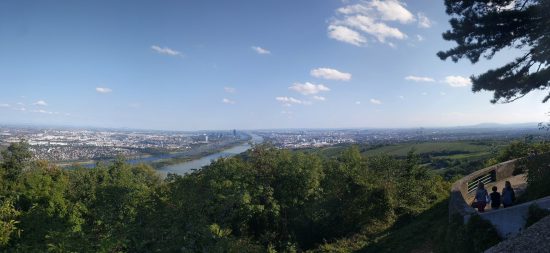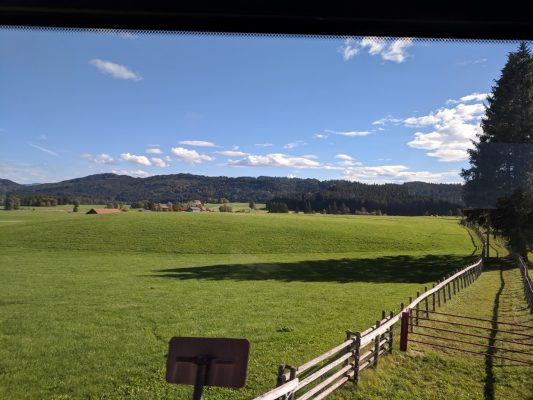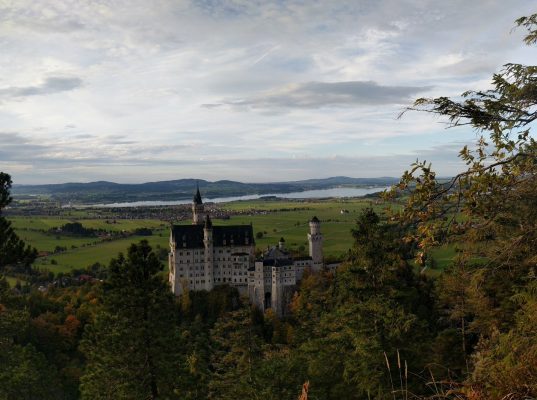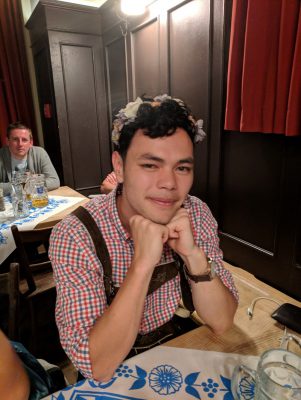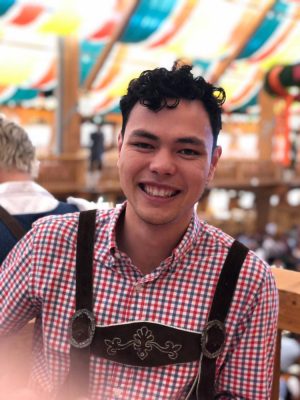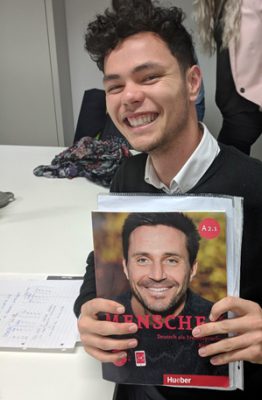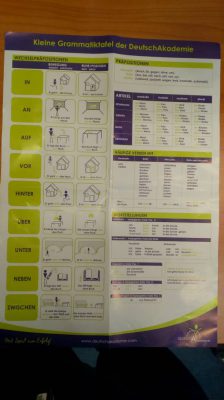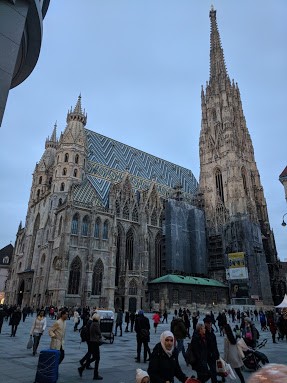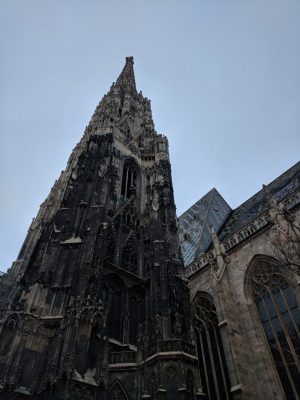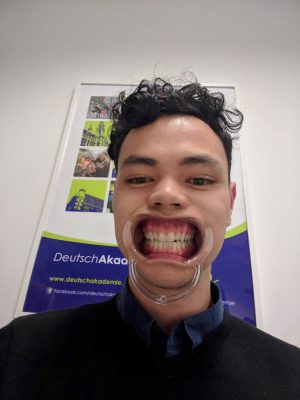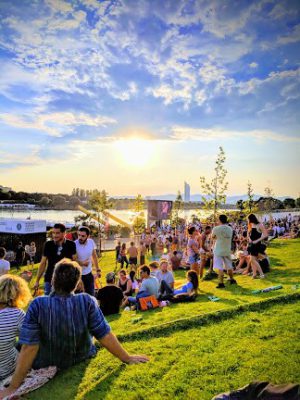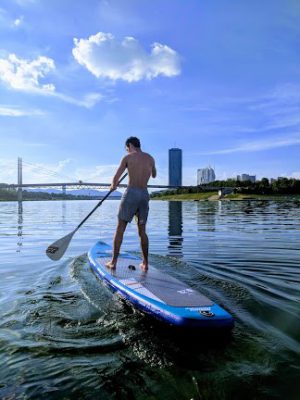Now that I am writing the last of my blog posts for the Deutsche Akademie, I figured it would be good to reflect on my time in Vienna so far. I have been thinking a lot about what has been good, what has been bad, and what experiences have taught me the most about myself while I have been here.
There are so many amazing things that I have gotten to experience while being in Vienna. Making friends at the Deutsche Akademie, learning so much about the world as part of my work at the UN, and making connections with people from all over Europe. It has truly been an amazing experience and one that I feel so fortunate to have had in my life. I’ll always remember the various foods, drinks, and cultural experiences I have had the opportunity to be a part of here, and I really couldn’t imagine a better way to spend the last few months.
Of course, nothing is perfect and there have been some tough moments living here as well. I think the feeling of not fully belonging is one that still lingers in the back of my mind, but as I get better and better at German and integrate more and more with Austrian society that feeling will slowly go away. Also, the distinct lack of Mexican food that I grew up eating in Southern California is also a hardship that I will have to learn to endure. But I have managed to substitute my cravings for Mexican food with a healthy portion of Käsekrainer and Döner, and I think that will get me through the next few months.
Lastly, the things that have taught me about myself. While here, I have learned that friends can be found in the most unlikely of places, and I have learned that in order to have a friend you have to be a friend. I have learned that even if you don’t speak a language perfectly, usually people will just appreciate that you tried and meet you half way. And I learned that through hard work and determination, I too can eventually become fluent in German. It’s going to take some time and I will have to be patient but eventually it will happen.
I’ve had an amazing time in Vienna so far, and I can’t wait to see what the future brings. I feel that Vienna is becoming a place I can call home, and in a few months when my time here is over I know I will be very sad to leave.

